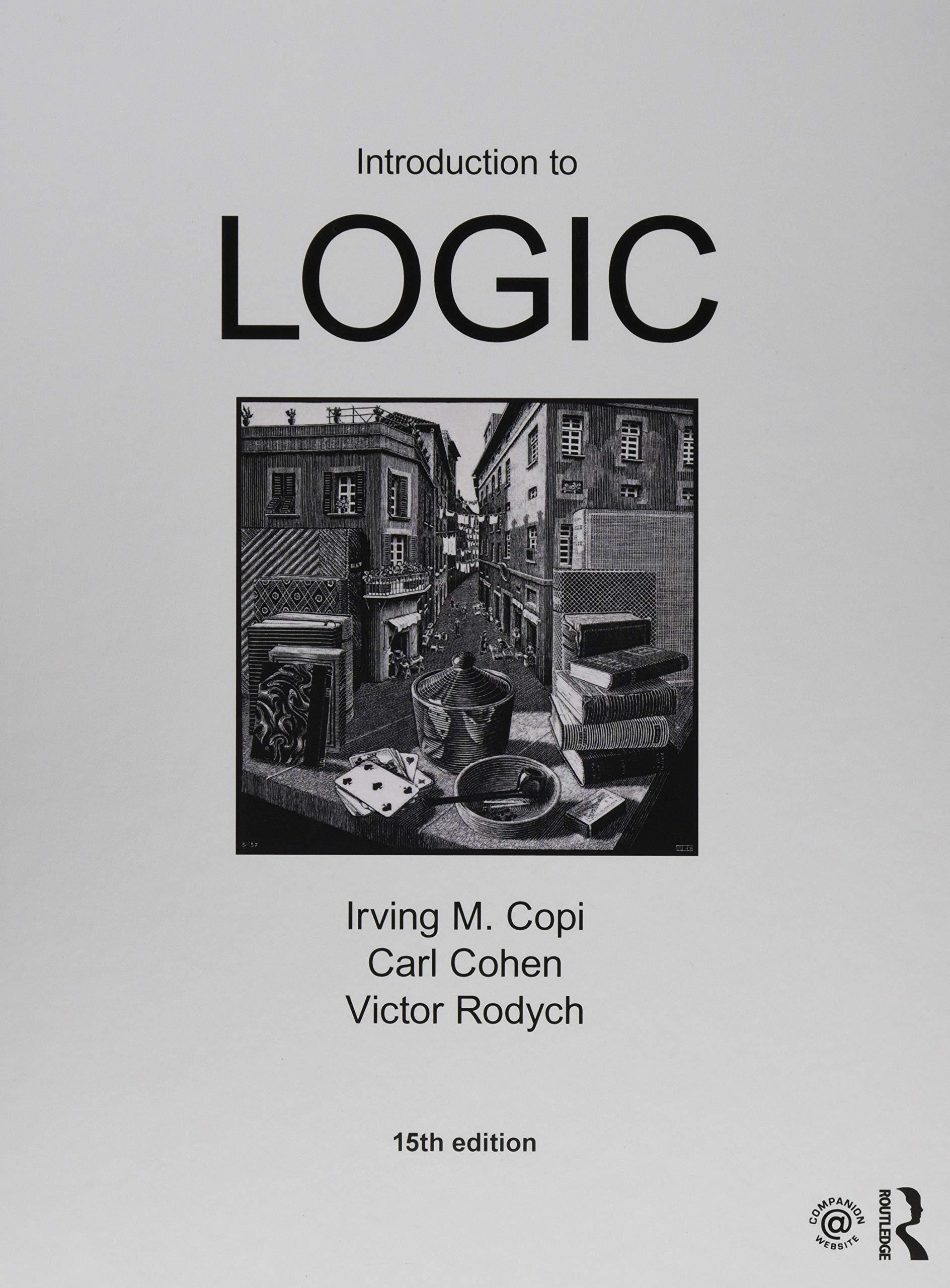Analyze each of the following reports, explaining the ways in which the method of difference has been
Question:
Analyze each of the following reports, explaining the ways in which the method of difference has been applied in the investigations recounted. Discuss the strengths and weaknesses of the method of difference as it is used in each case.
In Lithuania, rear-end auto collisions happen as they do in the rest of the world; bumpers crumple, tempers flare. But drivers there do not seem to suffer the complaints so common in the United States, the headaches and lingering neck pains known as “whiplash syndrome.” Dr. Harald Schrader and colleagues from University Hospital in Trondheim, Norway, without disclosing the purpose of their study, gave health questionnaires to 202 Lithuanian drivers whose cars had been struck from behind one to three years earlier in accidents of varying severity. The drivers’ reports of their symptoms were compared to the reports of a control group (of the same size, same ages, and same home towns) of drivers who had not been in an accident. Thirty-five percent of the accident victims reported neck pain, but so did 33 percent of the controls; 53 percent of those who had been in an accident had headaches, but so did 50 percent of those in the control group. The researchers concluded: “No one in the study group had disabling or persistent symptoms as a result of the car accident.” What, then, can account for the explosion of whiplash cases elsewhere in the world? Drivers in the Lithuanian study did not carry personal injury insurance at the time of the study, and people there very infrequently sue one another. Most medical bills are paid by the government, and at the time of the study there were no claims to be filed, no money to be won, and nothing to be gained from a diagnosis of chronic whiplash. Chronic whiplash syndrome, the Norwegian researchers concluded, “has little validity.”
—Harald Schrader et al., “Natural Evolution of Late Whiplash Syndrome
Outside the Medicolegal Context,” The Lancet, 4 May 1996
Step by Step Answer:

Introduction To Logic
ISBN: 9781138500860
15th Edition
Authors: Irving M. Copi, Carl Cohen, Victor Rodych





